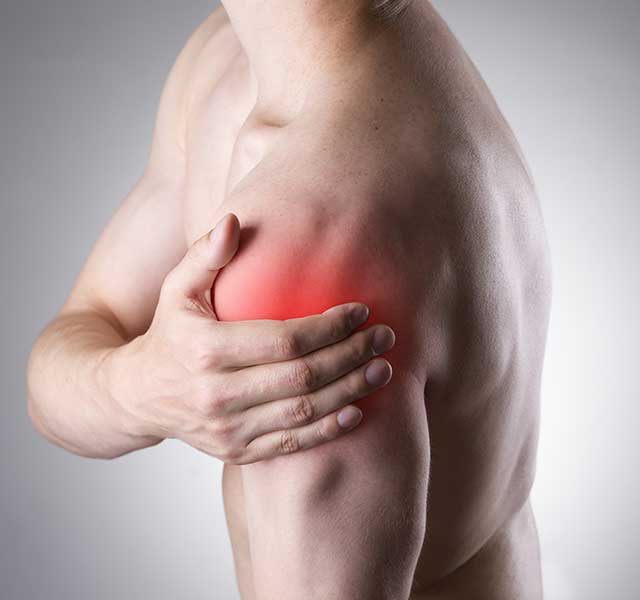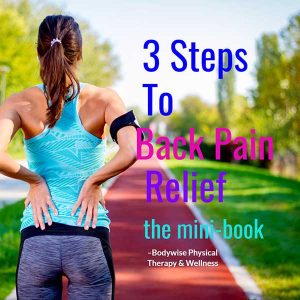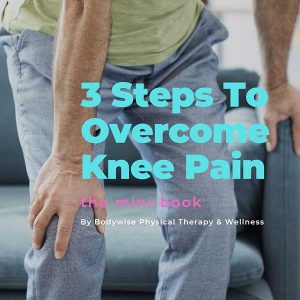How to improve shoulder pain.
Shoulder pain Starts and ENDS with posture. Poor posture and positioning leads to increased risk of damage to the soft tissue of the shoulder such as the ligaments, bursas, and muscles that make movement possible.
So what is good posture and bad posture? We describe good posture as having your shoulders down and back with your ears inline with your shoulders and your shoulders inline with your hips. Poor posture and impingement can occur when your shoulder wanders forward of your hips or ears.

Once an injury occurs, poor posture and positioning prevents proper healing. This repetitive damage suppresses the healing response and causes simple injuries to develop into chronic conditions that go on for weeks and months.
The shoulder joint is a complicated joint with many muscles, ligaments, tendons, blood vessels, bursa, nerves, and other soft tissue residing in a very small space. If you assume poor posture during activity or even at rest, this decreases the space in the shoulder for all those structures to work effectively. With decreasing space, something will get pinched and damaged.
Maintaining good posture will decrease the risk of shoulder injury and will also speed the recovery and healing process after injury. If you are not able to maintain good posture with a certain activity, this activity may need to be changed in order for healing to occur.
As physical therapists, we are specially trained to identify proper posture and help cue the patient into good positioning that will not only prevent damage but will help prevent your shoulder pain from leading to surgery. We can help you achieve better posture and still do the things you love.




















